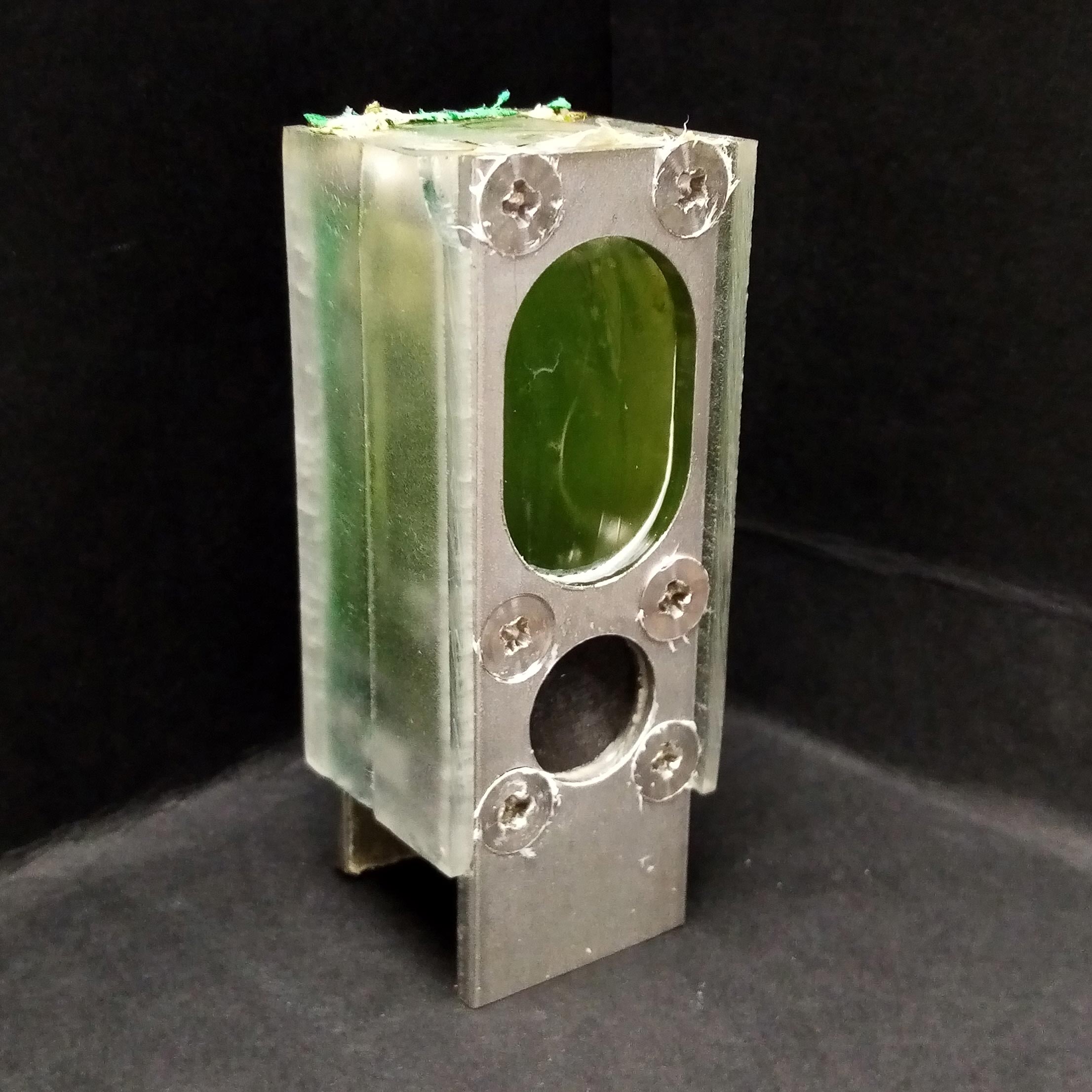
Their system has the potential as a reliable and renewable way to power small electronic devices.
The tiny electrical current this generates then interacts with an aluminum electrode and is used to power a microprocessor.
“Our photosynthetic device doesn’t run down the way a battery does because it’s continually using light as the energy source.” — Chris Howe.This means it could easily be replicated hundreds of thousands of times to power large numbers of small devices as part of the Internet of Things.
The researchers say it is likely to be most useful in off-grid situations or remote locations, where small amounts of electrical power can be very beneficial.
“The growing Internet of Things needs an increasing amount of power, and we think this will have to come from systems that can generate energy, rather than simply store it like batteries,” said Professor Christopher Howe in the University of Cambridge’s Department of Biochemistry, joint senior author of the paper.He added: “Our photosynthetic device doesn’t run down the way a battery does because it’s continually using light as the energy source.”.In the experiment, the device was used to power an Arm Cortex M0+, which is a microprocessor used widely in Internet of Things devices.The study is published on May 12, 2022, in the journal Energy & Environmental Science.The Internet of Things is a vast and growing network of electronic devices — each using only a small amount of power — that collect and share real-time data via the internet.Using low-cost computer chips and wireless networks, many billions of devices are part of this network — from smartwatches to temperature sensors in power stations.
This figure is expected to grow to one trillion devices by 2035, requiring a vast number of portable energy sources.
The researchers say that powering trillions of Internet of Things devices using lithium-ion batteries would be impractical: it would need three times more lithium than is produced across the world annually.Howe, 12 May 2022, Energy & Environmental Science.
Both this algae-based device and Storage technologies (Read Battery Technology) will be critical for producing the energy required for interstellar travel, at current speed levels, as we have not yet achieved the speeds of the Tachyons (Faster than Light !).
